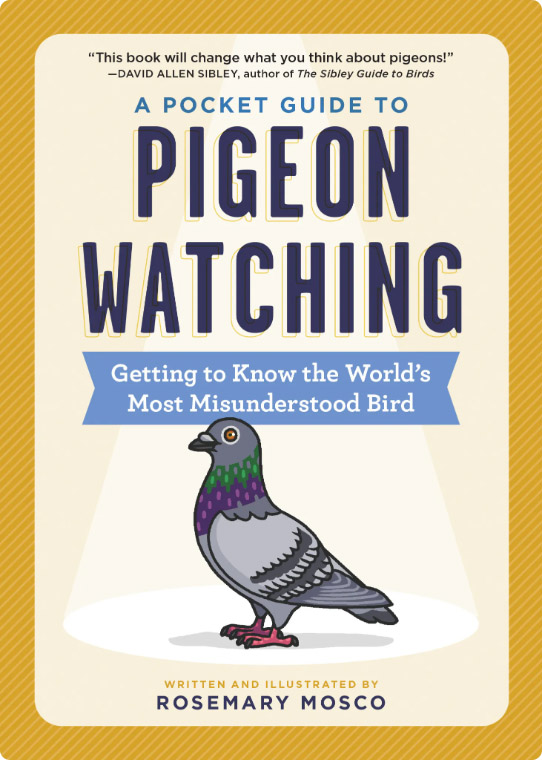The Audubon Observer, April 2024
|
|
||||
WHAT IS YOUR ‘SPARK’ BIRD? I have loved birds for as long as I can remember - they have always been my favorite animals. My first ‘report’ that I ever wrote in elementary school (too long ago to recall what grade) was on the Bald Eagle - even today I spout off interesting facts about them, such as the effects of DDT, the sizes of their aeries (nests), and their hunting (thieving) habits. And while the Bald Eagle remains one of my all-time favorite birds, they are not the species that first piqued my interest in birds when I was young.
My spark bird was the American Goldfinch. Growing up in Ohio and Michigan, my mother would put out thistle feeders often, and I would always marvel at the bright colors of the males - their contrast against the green leaves of our summer trees. Maybe I was drawn to the bright yellow because it reminded me, as a fan and graduate of the University of Michigan, of my school’s colors, or maybe simply because the bright yellow was unique and unusual to me as a youngster (I was far more accustomed to seeing the reds of the cardinals and the blues of the blue jays and the browns of the assorted sparrows that would routinely visit our yard). Regardless of the reason, I distinctly recall the thrills of spotting the first bright yellow goldfinches every summer.
Today, living in Florida, my feeders play host to large numbers of wintering finches, but rarely do they stick around long enough to show off their brightest yellows. Nonetheless, every time that I see them, I’m reminded of the thrill I found as a child, watching them visit our yards each summer. What is your spark bird? Reach out to us and let us know! BALLOON RELEASE BAN UPDATE As we shared previously, the City of Jacksonville joined other First Coast communities like St. Augustine, Neptune Beach, Atlantic Beach, and Fernandina Beach in enacting an ordinance that prohibits the release of balloons or sky lanterns in Duval County. Our chapter worked closely with NEST (Never Endanger Sea Turtles) to support this ban, speaking at City Council meetings and writing letters to elected officials, and we were thrilled when this ordinance was approved by Jacksonville City Council in October of 2022. Now we are very happy to report that the Florida State Legislature passed a similar ordinance early last month. House Bill 321 will ban the intentional release of any balloons outside, with a possible fine of up to $150. The bill is waiting for Governor Ron DeSantis to sign it into law; once signed, the ban will go into effect statewide on July 1, 2024.
This legislation will help prevent many needless bird and marine animal deaths, and we sincerely hope that Governor DeSantis signs it into law. If you agree (and we hope you do), please consider reaching out to the Governor to express your support for this statewide balloon release ban. You can send an email, call (850) 717-9337, or mail a letter to: Office of Governor Ron DeSantis TERN THE PAGE BOOK CLUB
Each year, four nature-themed books by authors with a connection to Audubon and the Hog Island Camp are selected for discussion, and two virtual meetings are scheduled each month from January through April to explore the books. The second monthly meeting features an exciting face-to-face (well, virtual face-to-face) session with the author, so participants get to talk directly with such well-known writers as J. Drew Lanham, Julie Zickefoose, Scott Weidensaul, and Kenn Kaufman. I joined Tern the Page in 2023 and enjoyed it so much I decided to continue again this year. As a Hog Island Audubon Camp alum (I’ve been going to Hog Island almost every summer since 2016!), it’s especially fun to reconnect with other campers I’ve met along the way, and our shared passion for birds and nature makes for some fascinating conversation. Not to mention getting to read some great books! There is a fee to join, but it includes all four of the current year’s books (often signed by the author) plus a members-only webpage with bonus content like articles about the authors as well as nature programs related to the books. If you are on social media, there’s also a private Facebook group where club members can chat and share photos.
Registration for next year’s Tern the Page Book Club should be available later this year, so if you enjoy reading and discussing books about birds, this club might be for you! Learn more at hogisland.audubon.org/programs/book-club. UPCOMING ACTIVITIES So many wonderful opportunities to connect with nature this month! Here's what's coming up:
Hope to see you soon! Duval Audubon Society, Inc.
|
||||
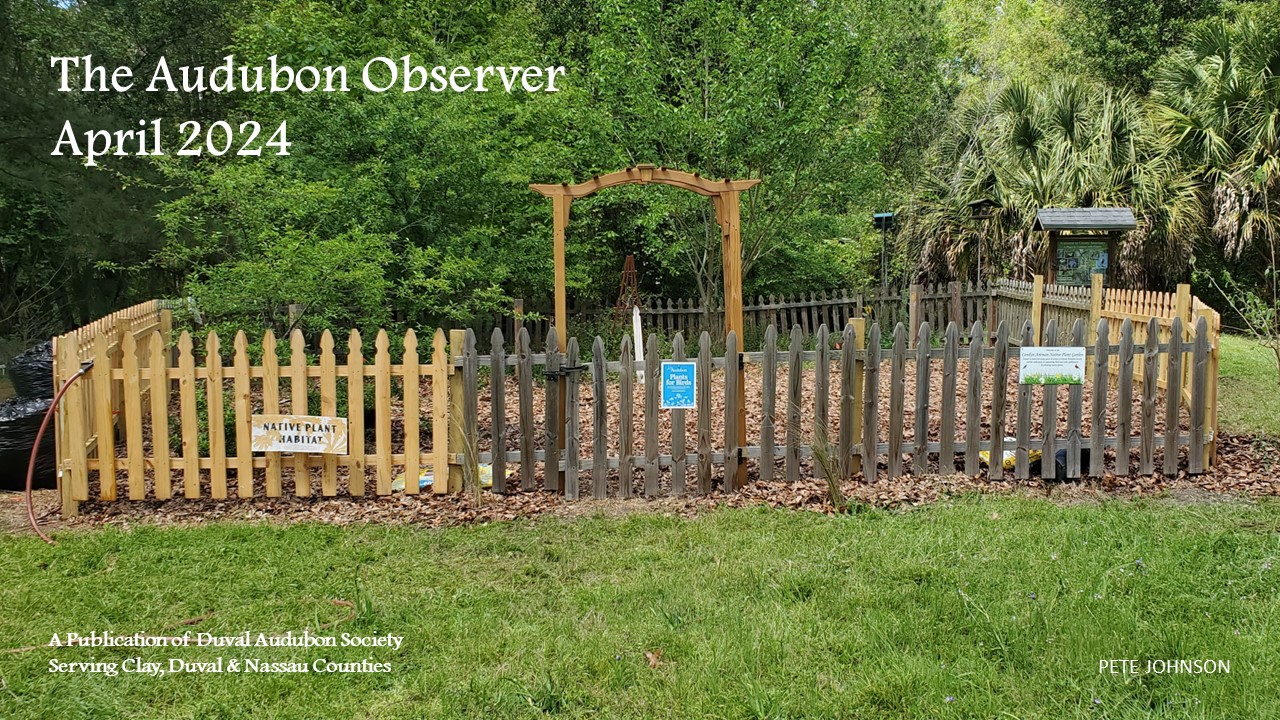
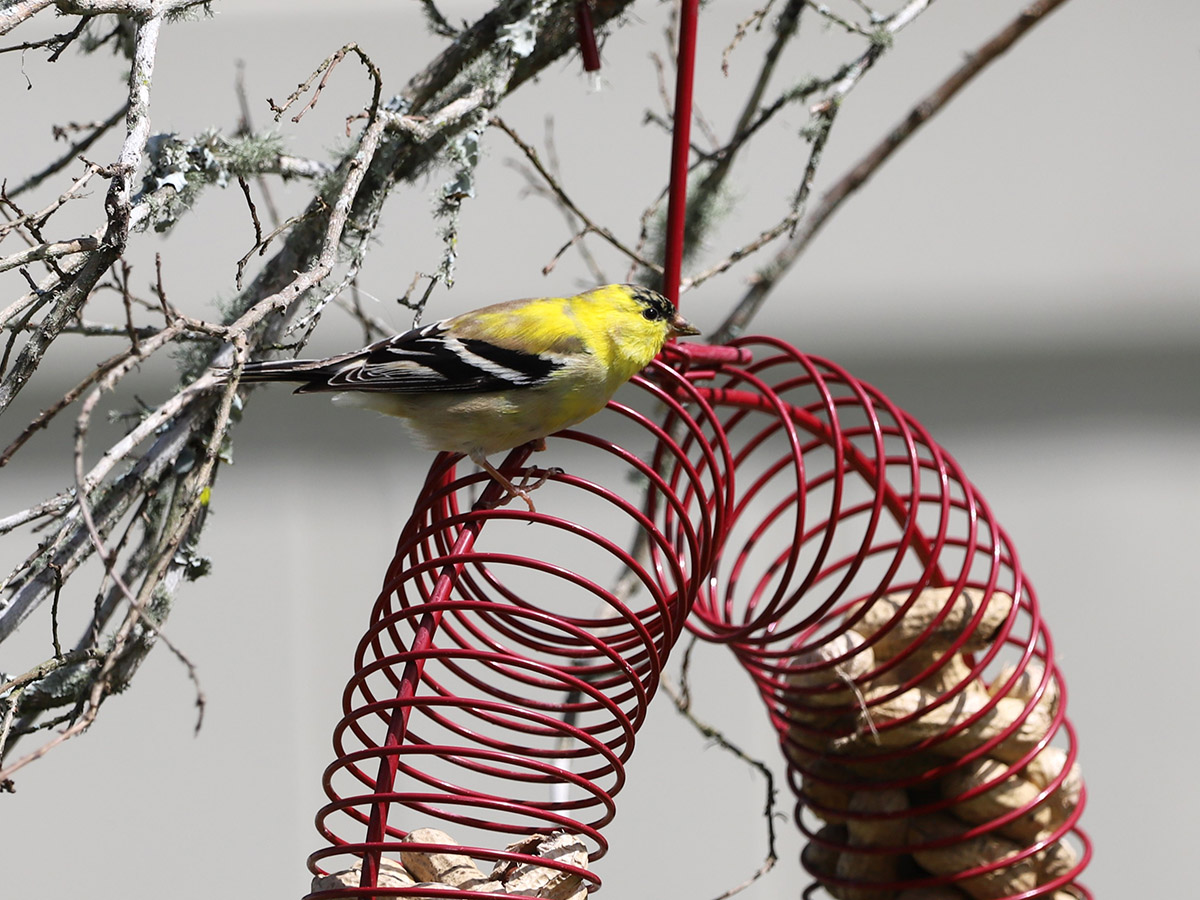
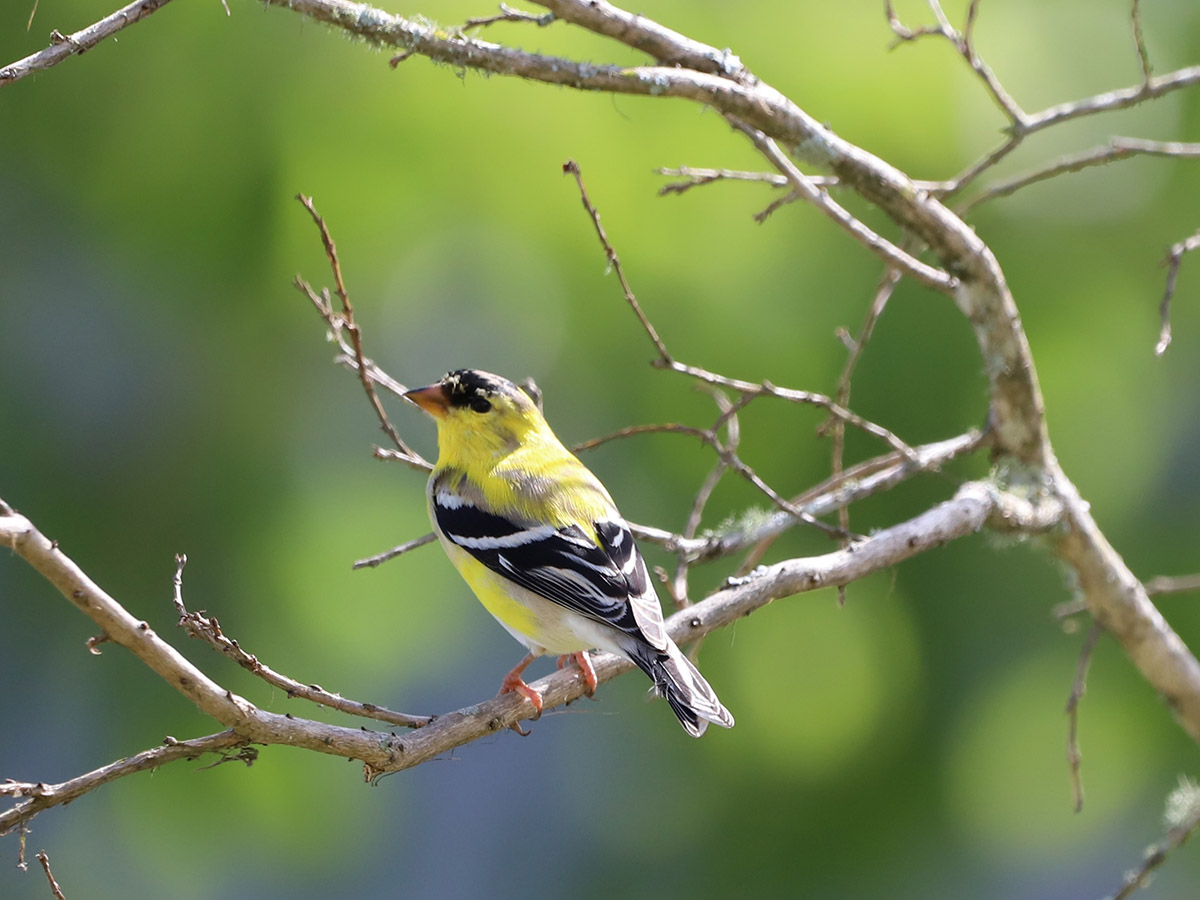
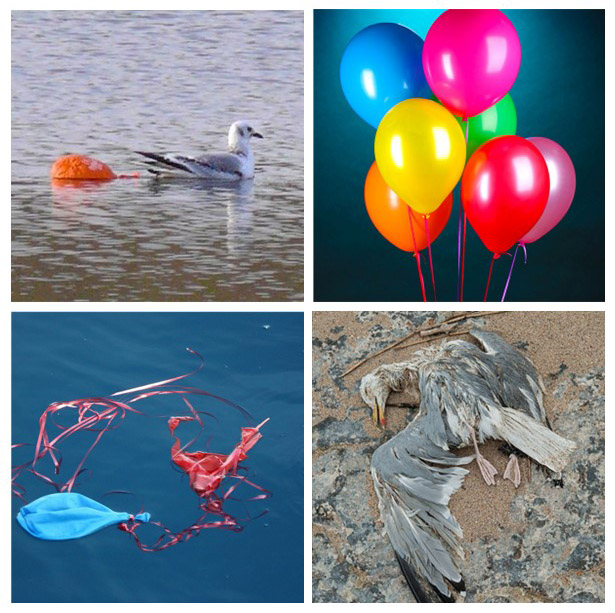 Balloons released into the air pose a deadly threat to birds, sea turtles and other wildlife. These items don’t just “go away” when they float up into the sky; they will eventually come down somewhere and may kill or injure innocent wildlife. Even one balloon landing in a tree can cause a bird to become entangled and die a horrible death from strangulation or starvation. And due to the chemical compounds present in balloons that have landed in water, they can
Balloons released into the air pose a deadly threat to birds, sea turtles and other wildlife. These items don’t just “go away” when they float up into the sky; they will eventually come down somewhere and may kill or injure innocent wildlife. Even one balloon landing in a tree can cause a bird to become entangled and die a horrible death from strangulation or starvation. And due to the chemical compounds present in balloons that have landed in water, they can 
